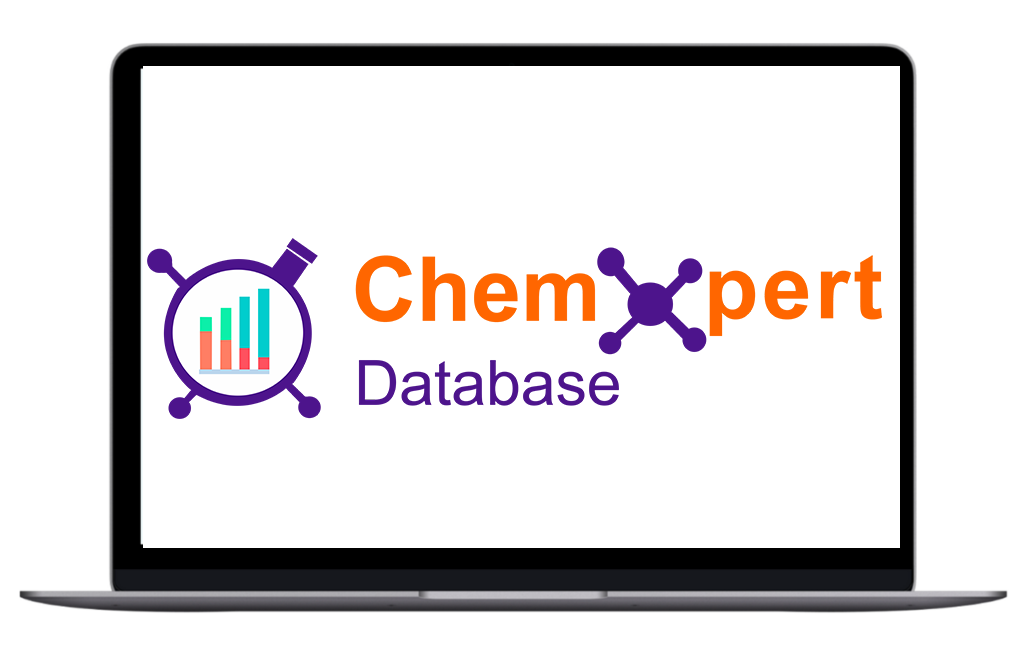
The biotech and pharma industries are evolving at breakneck speed. But most professionals still lump them together—missing the nuances that define their risks, opportunities, and strategic decisions.
This blind spot can cost companies millions. Choose the wrong R&D model? You stall innovation. Misread the regulatory landscape? You delay go-to-market. Overlook your competition’s pivot from pharma to biotech? You fall behind before you even begin.
In a market where drug pipelines, regulatory timelines, and investment flows shift weekly, understanding the difference between biotech and pharma isn't academic—it's mission-critical.
This blog cuts through the noise, and gives you a clear picture on the core difference between the two. First we will take a bird eye view on the core difference between biotech and pharma, afterwards we will take a deeper look between the two with some examples to get a clear understanding. So let’s delve in.
To make sense of the biotech–pharma divide, let’s start with a quick comparison of how the two industries differ at their core.
|
Aspect |
Biotech |
Pharma |
|
Source of Drugs |
Derived from living organisms (cells, proteins, DNA/RNA) |
Synthesized through chemical compounds |
|
Drug type |
Biologics – vaccines, monoclonal antibodies, gene therapies |
Small-molecule drugs – antibiotics, painkillers, statins |
|
Approval Pathway |
FDA’s CBER via a Biologics License Application (BLA) |
FDA’s CDER via a New Drug Application (NDA) |
|
Typical Company Structure |
Small, innovation-driven startups with flexible teams |
Large, structured organizations with defined departments |
|
R&D Style |
High-risk, long-term, exploratory |
Streamlined, data-driven, and process-oriented |
|
Manufacturing |
Complex, requires controlled environments (e.g., cell cultures) |
Easier to scale, with controlled chemical synthesis processes |
|
Speed of Growth |
Rapid innovation, especially in gene editing and mRNA platforms |
Steady growth with strong patent-backed pipelines |
|
Cost and Risk |
Higher costs and failure risks |
Lower risk with mature commercial models |
Biotech and pharma often converge in purpose—but diverge in process, products, and strategy. Here’s a precise breakdown of how they differ.
Biotech works closer to biology. Pharma, on the other hand, is rooted in chemistry.
Biologics require precise conditions for storage and delivery. Small molecules are more stable and easier to manufacture at scale.
Both require extensive clinical trials, but biologics undergo additional scrutiny due to their complexity and potential variability.
Biotech companies are typically fast-moving and high-risk, often built around a single scientific breakthrough. Their innovation leans into gene editing, mRNA platforms, or precision therapies.
Pharma firms are risk-averse and process-driven, optimizing existing therapies and scaling production efficiently.
Biotech manufacturing involves live cultures, temperature controls, and sterile environments. It’s costly and complex.
Pharma production is more streamlined and scalable, often automated, and optimized for large-volume output.
Here are the examples of the companies who are in the biotechnology and pharmaceutical industries:
These companies are built on biology. They use living systems to tackle tough diseases—often with first-of-its-kind science.
Biotech firms start small, move fast, and bet big on innovation.
These are your traditional drug giants. They dominate global supply chains, have deep regulatory muscle, and thrive on scale.
Pharma companies invest in robust pipelines, conduct large-scale trials, and have the infrastructure to bring products to billions.
Biotech and pharma were once two clearly defined domains. One focused on bold, biology-first innovation; the other on scaling proven chemical therapies across the globe.
But today, the line is blurring.
Biotech companies like Moderna and Incyte are rewriting how we treat disease—pushing boundaries with mRNA, CRISPR, and cell therapies. Their approach is high-risk, but the rewards can be game-changing.
Pharma giants, like Pfizer and Johnson & Johnson, bring operational muscle, regulatory wisdom, and massive distribution networks. They master the art of scaling small-molecule therapies, while increasingly investing in biologics and next-gen platforms.
So, what does this mean for decision-makers?
Whether you're choosing an R&D model, planning regulatory strategy, or investing in drug pipelines—you need clarity. You need insight. You need speed.

Sick and tired of always wondering if you are being asked to pay the right price for your APIs? This empowers you with the answers you need to make the right decisions in the Global API market.
Chemxpert Database is one of the biggest and most comprehensive directories of pharma and chemicals, manufacturers, suppliers and information. Provided with current information on prices, demand and transactions, it gives you instant feedback on whether you are buying what is right and at the right time.
Start using market intelligence today and allow yourself to be in control in the API market.
Check it out today and make more informed sourcing decisions! Learn More!